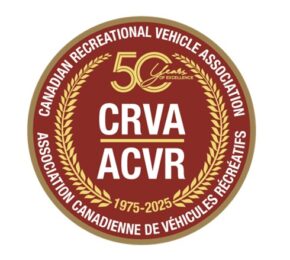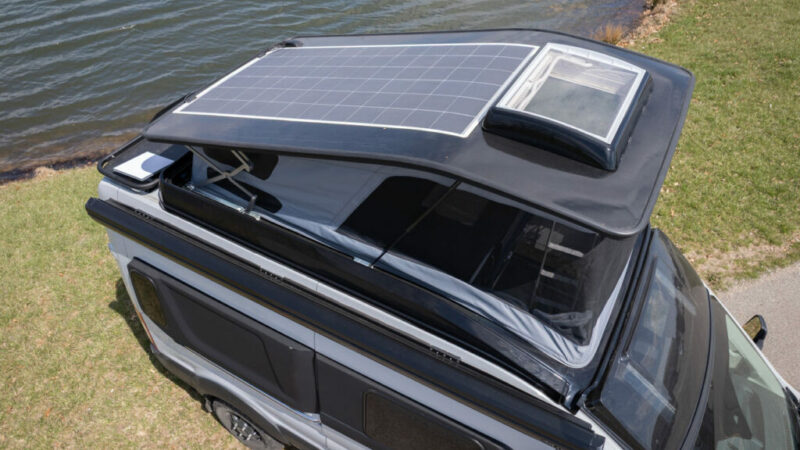Solar Power for Off-Road Campers
Off-Road Camping: A Solar Power Primer…
A Special Report by Colt Fetters
Click on the Blue Type to open a new browser window with additional information on each type of product…
Solar power has never been more popular in off-road setups. Travelers are looking for as much power as possible to charge their batteries and run all their camping essentials and luxuries. To run an efficient solar setup there are a range of components that need to be present and working, we’re here to run you through the basics to get your solar setup up and running.
With smartphones, tablets, laptops, air conditioners, and fridges, people are realizing that having power while camping is more important than ever. If you want to truly get off grid without losing all the creature comforts of home, look no further than solar power.
Why Choose Solar?
When your vehicle is running it provides power through the engine battery and alternator. This means that while your engine is running you can easily recharge phones, tablets, or batteries, and run accessories such as lights and fridges without any issues. The problem with this setup comes when the engine is turned off and you’re camped for more than a day at a time without access to shore power.
An easy solution to this is to camp at powered campsites but for many off road campers this limits the potential of their adventure. That’s where dual battery systems come in. Most RV’s and some trailers have these built in, but if you’re running a smaller off-road trailer or just your vehicle, you may need to build your own system. By running an auxiliary battery, overlanders realized that they could draw power for all their accessories from a second battery while their vehicle was turned off without draining their engine battery.
By incorporating an In-Vehicle Dual Battery Charger into this setup, off-road campers were able to recharge their secondary battery while their vehicle was running, meaning they were never left with a flat starter battery or without power.
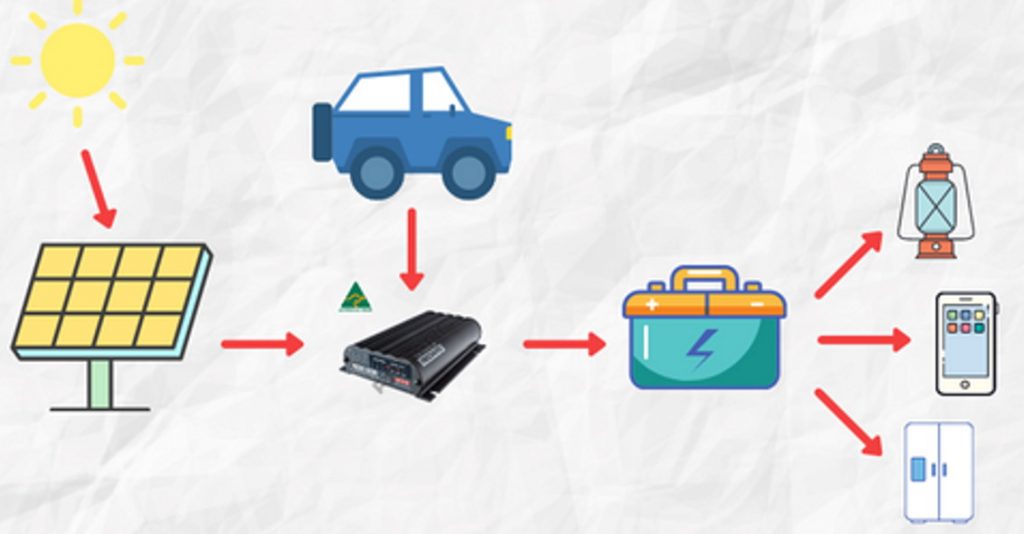 This solution worked well for off-roaders who had their vehicle running often but for people who preferred to be camped up for longer periods of time, running accessories from a second battery without putting charge back into it meant that you’d only be able to use your accessories for a finite amount of time.
This solution worked well for off-roaders who had their vehicle running often but for people who preferred to be camped up for longer periods of time, running accessories from a second battery without putting charge back into it meant that you’d only be able to use your accessories for a finite amount of time.
To be able to continue to run accessories from your second battery you’ll need something putting charge back into them, this is where solar comes in. Through solar panels you can utilize the power of the sun to recharge your batteries to keep all your off-grid necessities and luxuries charged on the road.
Solar vs a Generator?
Another common option for longer term off grid power is a generator. Generators, while being a great option for running big, power hungry devices like microwaves and heaters, are heavy, noisy and require fuel, which adds more weight to your rig.
Probably the biggest advantage over solar power is that a generator is not affected nor dependent on the weather. That’s the one thing going for generators – reliability – as they’re not dependent on anything other than you remembering to fuel up to keep it going.
The main downfall of generators is that with the weight of the generator plus fuel can often mean you’re adding upwards of 40 pounds to your setup, while also taking up valuable space. Compared to this solar is a lightweight alternative, and with fixed panels able to be mounted to the roof or blankets being laid out on the car they are out of the way and take up less space.
Will My Vehicle Run Solar?
If you have all the components for your solar system, it can be set up anywhere. The type of panel you choose will affect where you set up your system, be it in your vehicle or on your trailer. Fixed panels are perfect for mounting on the roof of cars, vans, or caravans. Portable panels and blankets are best for situations where space is at a minimum.
Panels vs Blankets – Which is the Best Solar Solution?
Possibly the most important element of a solar setup is the solar panel itself. There are a few different options when looking for a solar panel; fixed panels, portable panels, and solar blankets. Each option has its benefits and drawbacks depending on your camping setup. All options come in different wattage sizes, depending on your power needs. To learn more about how to calculate your off-grid power needs checkout our post on designing the perfect power system.
Fixed Panels
Fixed panels are possibly the simplest option when it comes to a solar setup. Able to be secured to the roof of cars, vans, or camper trailers they take away the need for setup or packing away when you get to or leave your destination. Fixed panels are also often more cost effective than portable panels or blankets.
The major downfall of fixed panels is that they are fixed. This means that you need to park in a position of full sun to get the most out of your panels. It also means that they cannot be angled towards the sun, so the amount of time you can get maximum charging from your panels is more limited than that of portable panels or blankets.
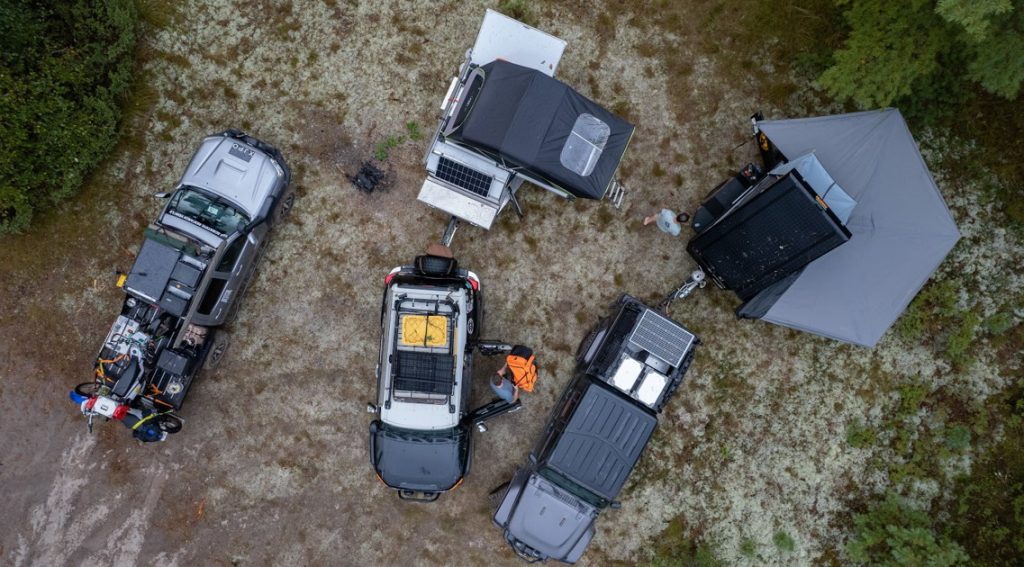 Portable Panels
Portable Panels
With adjustable legs, folding panels can be sat on the ground, angled towards the sun, and moved as required. Being able to move and angle the panels towards the sun means you can utilize more hours of sun than a fixed panel. Being foldable, they are easy to pack away and travel with.
Though they fold down to a compact size, this does make them heavier than fixed solar panels or blankets, which can be an issue if you’re going on the road long term and need to take car, van, or trailer weight into consideration. They also must be standing on the ground, meaning they take up campsite space and need to be manually moved and adjusted to catch the optimum amount of sunlight.
Solar Blankets
Solar blankets are the most portable and lightweight option of the three. Being somewhat flexible and easy to move they can be positioned to catch the most sunlight, so less thought needs to go into where you decide to set up. Solar blankets are also made to be used more effectively in shade or low-light conditions.
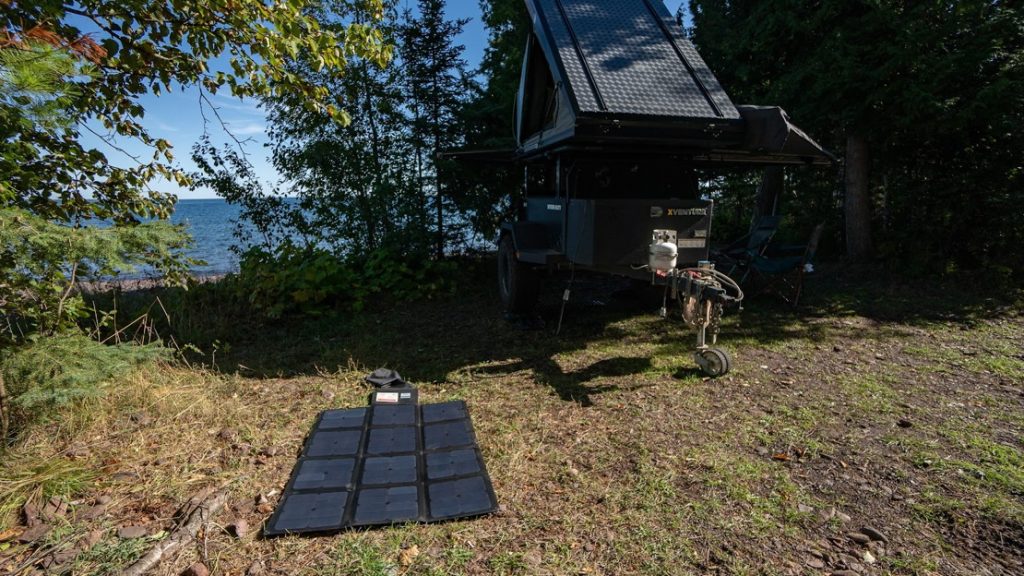 The major downfall of solar blankets is that they are often more expensive than solid panels. This is due to the more complex technology involved. This means that solar blankets might not be within the budget for people looking to go on the occasional weekend trip.
The major downfall of solar blankets is that they are often more expensive than solid panels. This is due to the more complex technology involved. This means that solar blankets might not be within the budget for people looking to go on the occasional weekend trip.
Why You Need a Solar Regulator
An MPPT – or Maximum Power Point Tracking – regulator is critical for efficiently generating solar power. The sun is incredibly powerful and without a regulator can damage your battery through over-charging by the solar panel. Regulators ensure that the power supplied by solar panels is at the right battery voltage and protects batteries from any risk of overcharging.
The power output from an MPPT solar regulator is optimized by using the maximum current at the required voltage to constantly extract all the power available from the panel. It is particularly useful in varying or low light level solutions – such as sunrise, sunset or on a cloudy day – as it will automatically adjust and find the new point at which the solar cell can deliver maximum power output.
MPPT regulators also convert the voltage of power coming in from the solar panel to the required battery output voltage, meaning maximum power is generated by the panel even if the battery being charged is severely depleted. The result of this is more charge going into the batteries and an ability to spend more time off grid overlanding, boondocking, and camping.
Converting Solar Power to Battery Power
To be able to use the power from solar panels to charge your second battery you’ll need a battery charger. Battery chargers are used to convert the power coming in from the solar panel to usable power and charge the auxiliary battery from it. Depending on the battery charger you choose it may or may not have a built in MPPT solar regulator. Both the REDARC Dual Input In-Vehicle Battery Chargers and the Manager30 Battery Management System have inbuilt MPPT solar regulators, meaning that a separate regulator is not needed.
 One of the main differences between the two units is the level of control and monitoring available. With the Manager30, you can constantly monitor battery charge levels and
One of the main differences between the two units is the level of control and monitoring available. With the Manager30, you can constantly monitor battery charge levels and
In conclusion, solar is an effective way to charge an auxiliary battery while off grid to keep all your accessories and necessities working. With several different panel and charger options there’s something for almost every budget and setup specifications.
For more information on Off-Road Camping, please click on this link:



